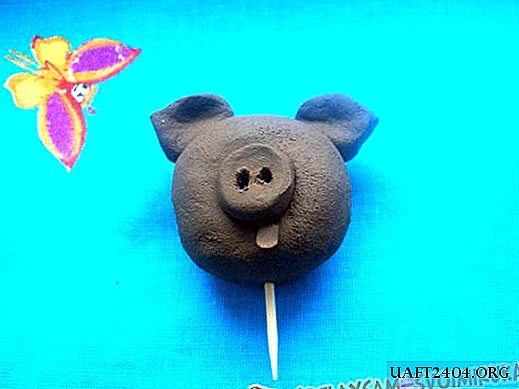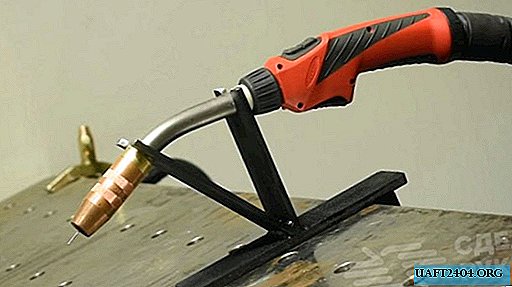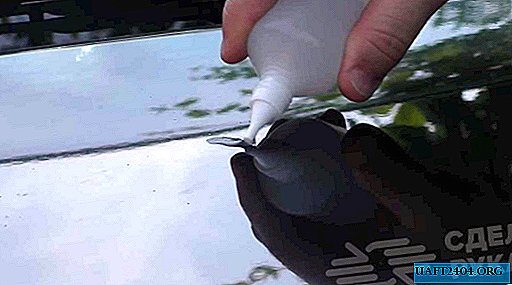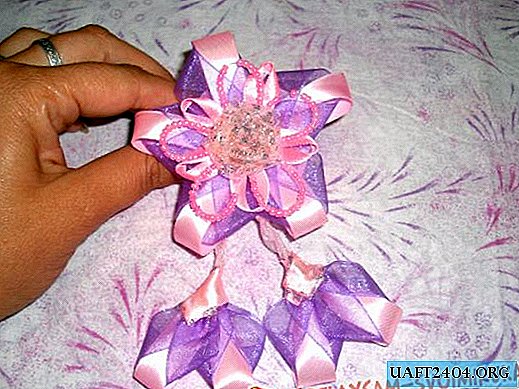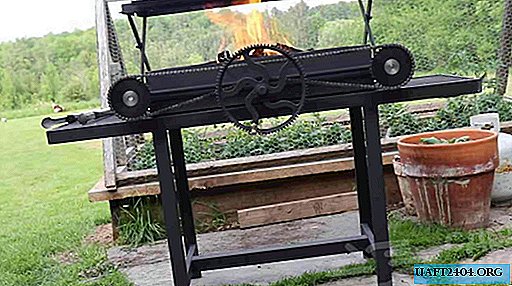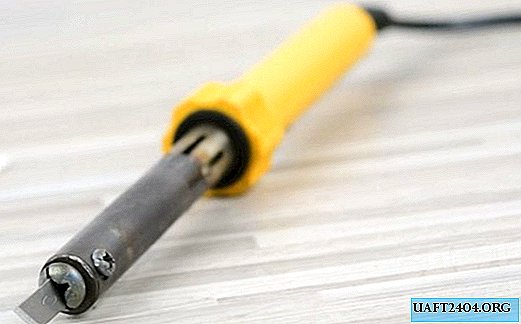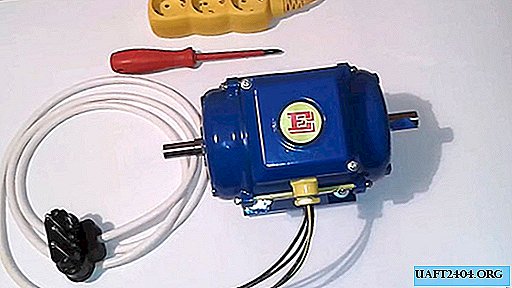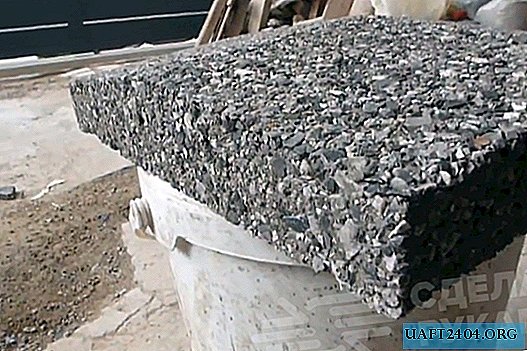Share
Pin
Tweet
Send
Share
Send
When the idea of decor is born, sometimes you don’t think at all about the technical side of the work. The multilevel ceiling is beautiful, of course, but how to mask the joints during the transition of levels and seams of plastered surfaces? There are many options, but the desire to find the simplest, fastest and cheapest is a treasured one! There is no need to rush to the store - you just need to find a suitable rag. This type of decor requires a soft and light fabric. For example, chintz. The fabric texture should not have a mesh base, so that the folds are laid easily and kept in shape.


To decorate the transition points of the levels and the curved part of the ceiling, you will need:
• Construction PVA glue - 200 gr.;
• Alabaster building - 100 gr.;
• Soft fabric - according to the size of the decorated surface.

Stages of the work:
The first stage: preparation of a solution for gluing.
To glue the camouflage fabric and the surface of the curved part of the ceiling, we prepare a solution. In 400 grams of water add alabaster. Pour in PVA glue. Mix thoroughly. It should be remembered that the solution quickly thickens.


We cut the fabric a little more than the size of the decorated surface.

Carefully blot it in the solution. Slightly wring. Watch for full coverage of the fabric surface. Dry areas are not acceptable.



The second stage: we form a decor.
The fabric is straightened. We press its upper edge to the curved part of the ceiling. You can slightly bend the edge of the fabric inward so that torn moments are not visible. Then press the bottom edge of the fabric. In the center we form chaotic folds and wrinkles.

Spray abundantly with clean water. Gently squeeze the wrinkles, trying to squeeze out air from them.


It turns out the effect of volume and movement at the same time.


The third stage: masking color transitions.
We paint the curved and side parts of the ceiling in a color corresponding to one of the shades of the central ceiling part. So that there is no blackout in the room, it is better to choose the lightest shade.

On the surface decorated with fabric, apply paint, 2-3 tones darker than the base. You should not press on the brush, otherwise the strokes will be deep, not superficial.


To mask the sharpness of the transition of the central and lateral parts of the ceiling, we similarly apply light and dark paints to the baseboard. If the baseboard is cut incorrectly at the junction with the decorated surface of the curved part of the ceiling, it can easily be masked with small inserts of crumpled fabric.


The ceiling is ready to surprise your guests with its originality. And, even if insidious plaster on bends decides to crumble, the ceiling will remain unchanged in its appearance.


Share
Pin
Tweet
Send
Share
Send


